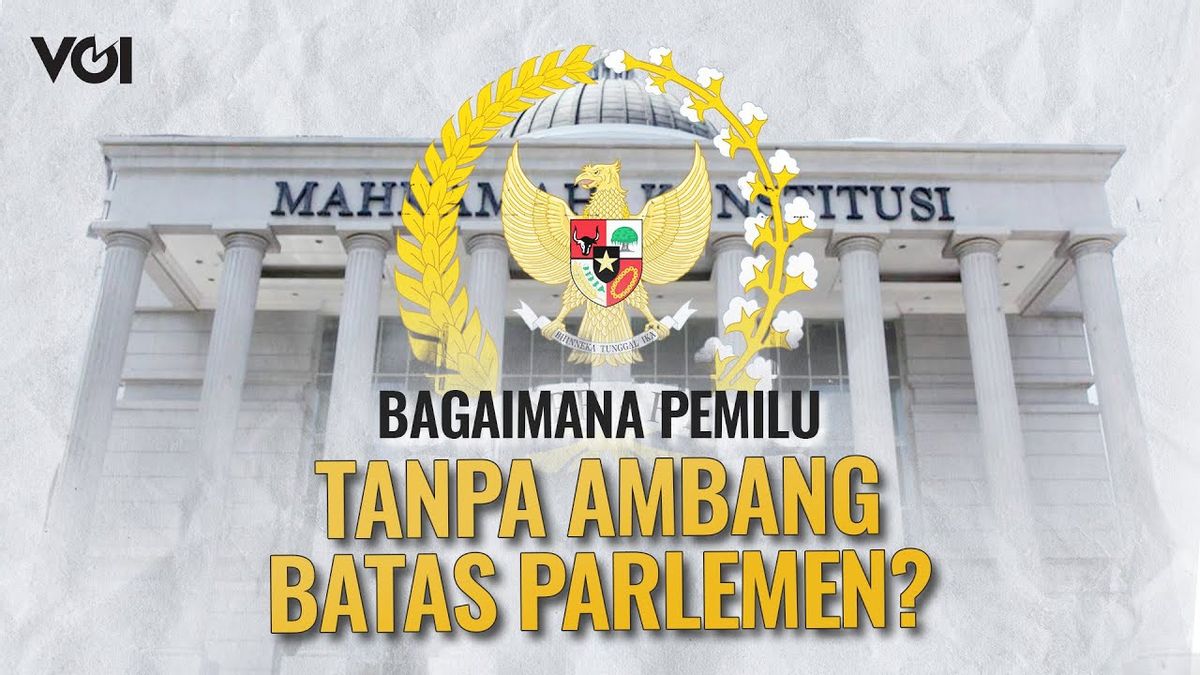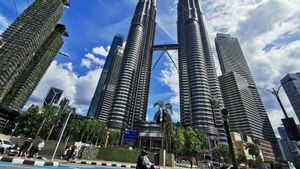The parliamentary threshold has again become a public conversation, even an excuse for holding demonstrations in related government buildings, asking that the threshold be abolished. What is the parliamentary threshold? And what will happen if the threshold is abolished?
The parliamentary threshold is the threshold for the minimum vote acquisition of political parties in general elections to be included in determining the seat acquisition in the House of Representatives and the Regional House of Representatives. Hanta Yuda said that in government political logic, it is not the number of political parties participating in the election that need to be limited, but the ideal number of political party strengths that need to be empowered.
The reason for holding this threshold is to prevent small and radical groups in parliament. As well as to help form a government with a stable parliament. In the 2009 elections, the parliamentary threshold was set at 2.5% of the national number of valid votes for the seats in the DPR. The 2014 election, the threshold was again raised to 3.5% for the seats in the DPR. And the 2019 and 2024 elections were raised again to 4% and apply to the seats in the DPR.
This led some political parties to sue for the policy and asked the parliamentary threshold to be made 0% or abolished. Because they think that this threshold makes freedom in democracy even smaller and many votes wasted.
So the Constitutional Court at the plenary session for the reading of decision No. 116/PUU-XXI/2023 decided that the parliamentary threshold of 4% does not apply in the 2029 General Election. Reporting from the Journal of Airlangga University, Faculty of Social and Political Sciences, if this parliamentary threshold is abolished, it will bring up many alternative candidates, and voter polarization of legislative candidates tends to be flexible, abstract, and even non-oriented.
However, it provides a very large democratic space for voters. With this parliamentary threshold no longer valid, who will benefit later? Watch the video below.
The English, Chinese, Japanese, Arabic, and French versions are automatically generated by the AI. So there may still be inaccuracies in translating, please always see Indonesian as our main language. (system supported by DigitalSiber.id)












